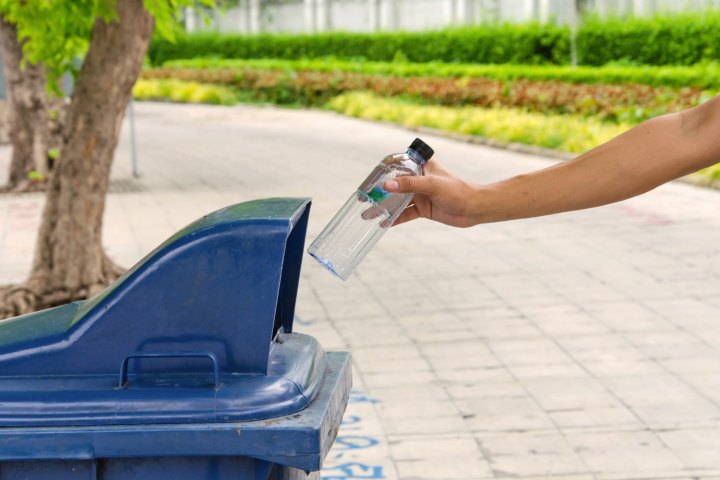
Chen started his experiments with the monomer Gamma-butyrolactone. Also known as GBL, the colorless liquid is a common reagent used as a cleaning solution, a superglue remover, and more. The scientific community believed the monomer was too stable to polymerize and pointed to measured reaction thermodynamics as proof to support their assertions. Chen suspected some of these reports were incorrect, so he decided to go with his hunch and began experimenting with GBL polymerization.
Chen and Hong not only worked out a method that caused GBL to form a polymer, the pair also figured out to make the polymer into different shapes. By varying the reaction conditions and the catalysts they used in the reaction, the researchers found they could form either a linear or a cyclic version of the polymer. In the end, the material they called poly(GBL) was very similar to P4HB, a polymer derived from bacteria that is used as a biodegradable form of plastic. Because it is more abundantly available and cheaper to produce, however, poly(GBL) could potentially replace P4HB in the growing market for bioplastics.
Poly(GBL) has another property that makes it even more useful as an environmentally-friendly source of plastic. The researchers developed a reverse thermal reaction that caused the polymer to revert to its original monomer form. Unlike current bioplastics such as PLA that are only partially biodegradable, this reverse reaction makes poly(GBL) completely recyclable. Bioplastic objects made from the poly(GBL) material can be recovered from the waste stream and recycled using a thermal reaction that converts the plastic polymer back to its monomer form. Once recovered, the GBL monomer is ready again for use in future plastic products.
This breakthrough could open the door for the production of a bioplastic material that is not only petroleum-free, but that can also be recycled easily under heat. Knowing its market-changing potential, Chen has filed a provisional patent for the discovery. “In my 15 years at CSU, I would probably call this my group’s most exciting piece of work,” Chen said in a statement. “This work creates a class of truly sustainable biopolymers, as they are both biorenewable and recyclable, based on a bioderived monomer previously declared non-polymerizable.” Chen and postdoctoral fellow Miao Hong described this discovery in a recent issue of Nature Chemistry journal.



